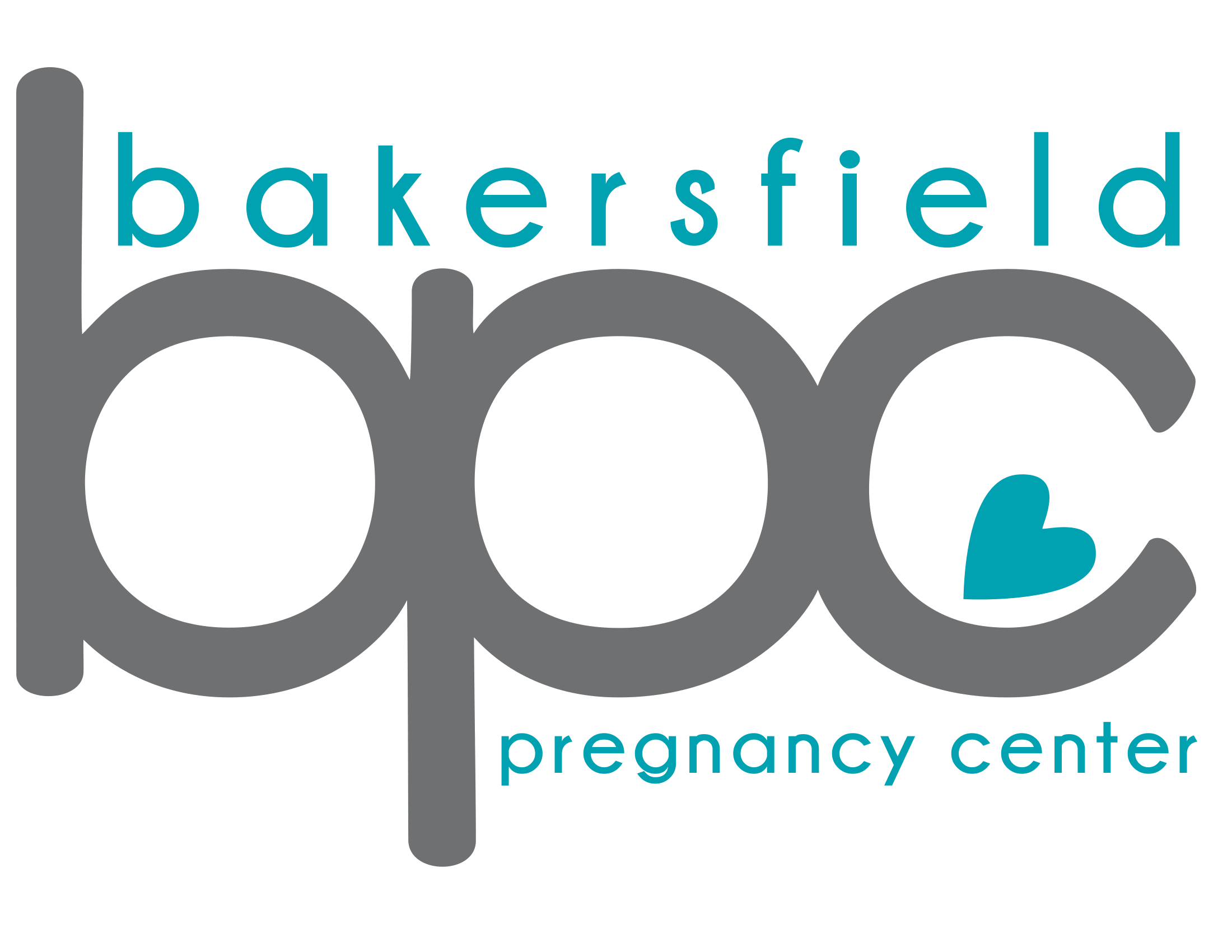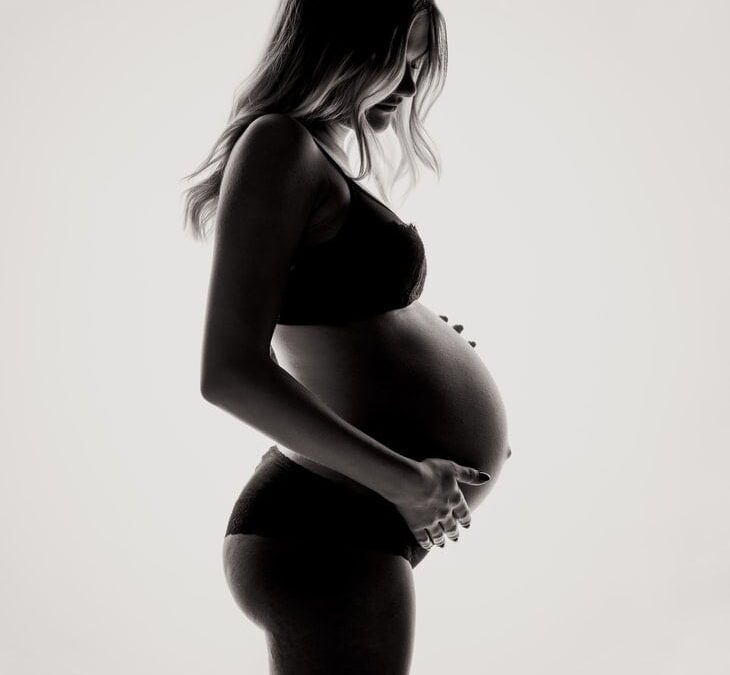Stretch marks can come at different times and have a different color for every woman. They might be pink, white, yellow or even brown or purple. But stretch marks are exactly what they sound like, marks from an area in the body that has been stretched at a quick rate. Your body is doing amazing things during pregnancy and while it does so, it leaves evidence. While our society has not always been fond of stretch marks, the stigma that they are a bad thing, or not a good look, is finally crumbling to the raw truth, that they are the marks of a mother who is carrying a child.
According to American Pregnancy Association, “While the skin adapts to continuous movement by expanding and contracting, during these periods the skin has insufficient time to adjust. As the body expands faster than the skin covering it, the skin tears.” Hence, we see stretch marks most commonly around the stomach, but can also be found “on the breasts, thighs, hips, lower back, and buttocks.”
So why is that some women get stretch marks and others don’t?
According to whattoexpect.com, it has a lot to do with genetics. Another reason could be if you are quickly gaining weight during your pregnancy. The blog also adds that stretch marks generally occur “around 13 weeks and 21 weeks pregnant”.
Can you do anything to prevent stretch marks?
To help avoid getting itchy and dry skin which will cause stretch marks, apply moisturizer like Bio-oil in the first trimester. Bio-Oil is meant to help your skin with its elasticity. Eat healthy as well, making sure to include Vitamin C and E in your diet. Vitamin C is an antioxidant that can help to protect your skin from damage. Researchers from American Pregnancy Association add that Vitamin B2 and B3 are also helpful in preventing them. Drink plenty of water and exercise.
As your body continues to stretch and make room for your growing baby, remember that these pregnancy scars are not what define your beauty. You, with your new look of motherhood, will have plenty of changes to be proud of and stretch marks should be included. Though you could not have done this on your own, it was your body that has made a temporary home and means of nourishment to a human being for 9 months.
After your baby is born, you may consider visiting a doctor to remove your stretch marks. Until then, we hope you find consolation that 90% of mothers will have these kinds of scars.
Want to get more helpful information about your baby’s growth and your body’s changes? Attend our parenting classes on Tuesdays, Thursdays or Saturdays. They’re absolutely free and insightful for moms of any age and level of experience.

